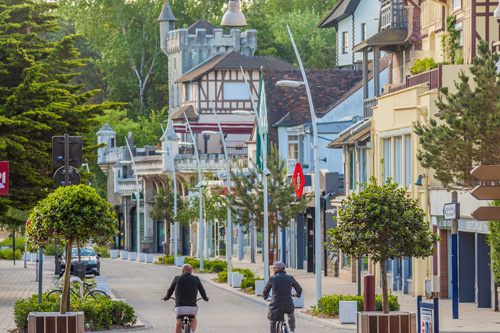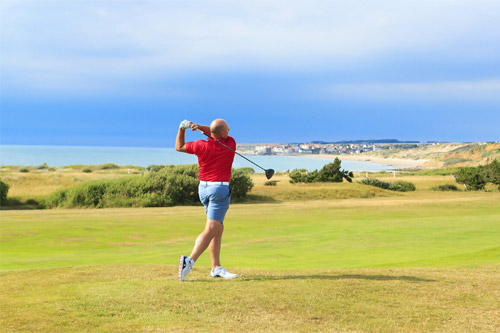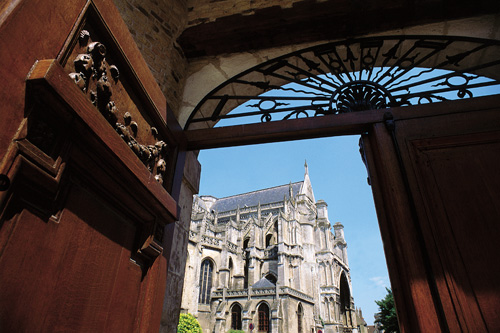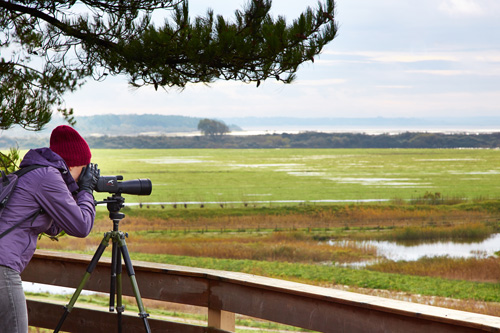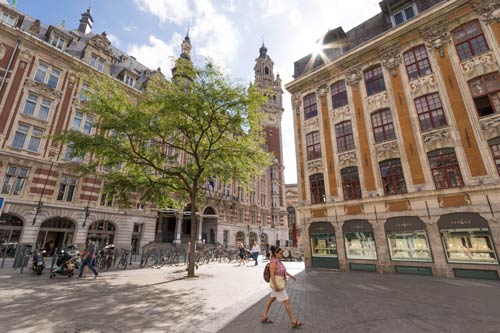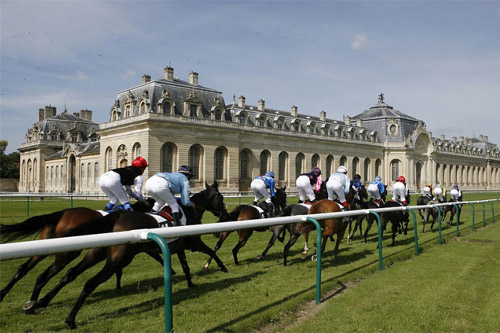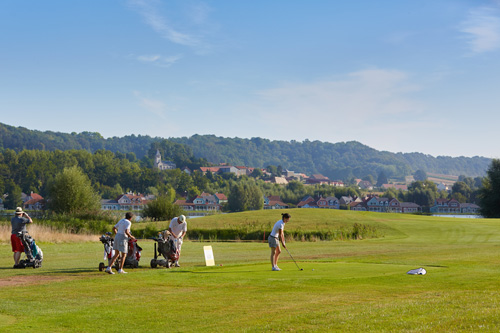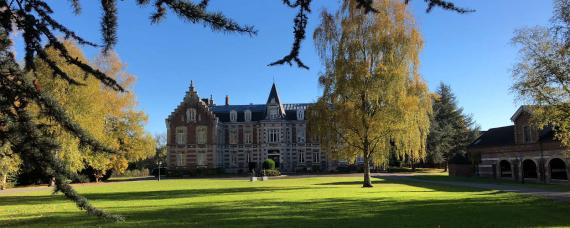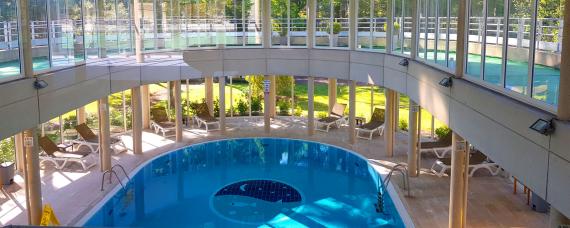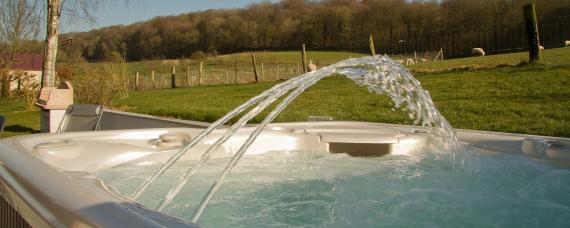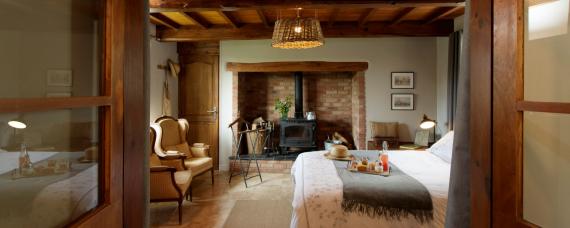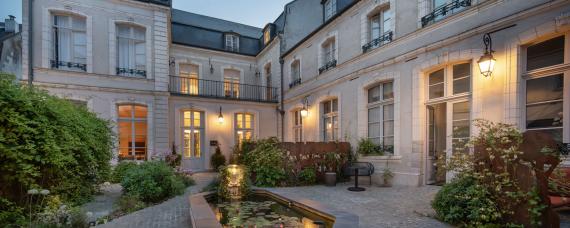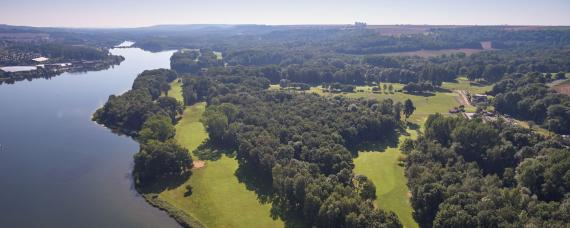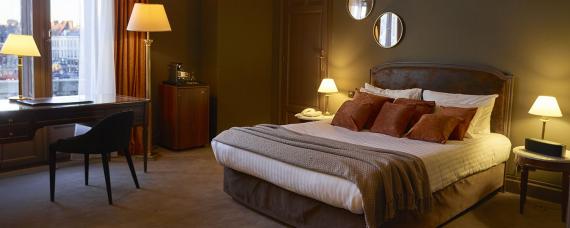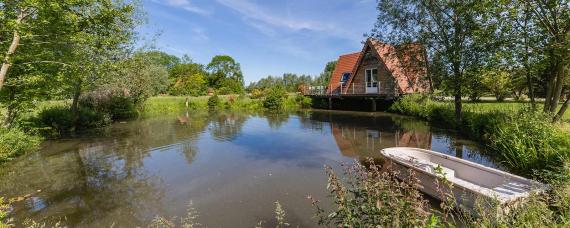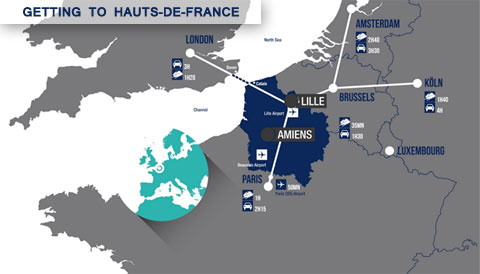It’s driveable! Swing away for a break in Northern France - gateway to the delights of French golf.
From Brexit to Frentrée takes no time at all. Throw your clubs in the boot, set the satnav … and, in less time than Monsieur Blériot spent in the air between Calais and Dover in July 1909, you’re away. Welcome to the reasonable green fees and uncrowded fairways of Hauts de France. Its 48 courses present the full range of golfing challenges and styles, from breezy coastal links to turreted châteaux-clubhouses mirrored in the water hazard; traditional members’ clubs and scenic resort courses with a relaxed dress code and an informal atmosphere. Combine golf with the timeless pleasures of the French table and cellar, in a region equally rich in natural beauty and historic interest.
Le Touquet golf
Le Touquet – ‘Paris Plage’ has lost neither its cachet nor its stylish look, from its heyday as a hedonistic bolthole for pleasure seekers out for a flirt and a flutter, with sport on the side. P G Wodehouse's home in exile remains the reference for a golf break on the Cote d’Opale – a touring holiday, an overnight stay or even a day trip. Its competitive and friendly club boasts a splendid new clubhouse, 45 well-kept holes on three contrasting courses, and the perfect ‘dormy house’ hotel, Le Manoir. La Mer, the championship links, has the name of Ballesteros on its roll call of French Open champions and remains a terrific challenge among the dunes; richly deserving a revisit since a run of old holes near the sea, destroyed during the war and presumed lost, have been resurrected. La Forêt has a more domesticated parkland flavour, but demands respect.
Hardelot golf
In contrast to the bustle of fashionable Le Touquet, all is forest seclusion at Hardelot, a well-heeled sporting resort founded by an English Edwardian as a halfway house between London and Paris. Les Pins is a pre-war classic by Tom Simpson, recently restored to its full splendour: inviting, natural, a beautiful walk in the sandy woods, with aspirational villas looking on from a distance. Les Dunes, also set in the forest, is a younger layout with more ups and downs and frequent blind shots adding a surprise element on first encounter. Make sure you play both.
Wimereux golf
There is a glorious airy quality to this open course on coastal downland which looks across the straits of Dover to Dungeness and the white cliffs of Kent. The springy turf and excellent greens – not to mention the luxuriant rough that separates the fairways – may owe their quality to the fertilising legacy of Napoleon's Imperial cavalry, which was stationed here for four years in anticipation of an invasion of England. With no sheltering trees or even a line of sandhills, keeping your ball on the straight and narrow can be a formidable challenge on a blustery day. The hotels and restaurants on Wimereux’s colourful sea front are close at hand, and its cemetery is the last resting place of John McCrae, the Canadian doctor who wrote one of the most famous of Great War poems, In Flanders Fields (where poppies grow….), and was himself a victim of the 1918 flu pandemic.
Dunkerque
Welcome to golf, as the Sun King’s great fortifier Vauban might have designed it. A course set in, among and around the geometric bastions of the town’s 17th century fortifications is an unusual concept that produces striking perspectives, especially when viewed from the air. On the ground, the course fits into its parkland surroundings quite naturally and is a pleasure to play. This is a friendly and unpretentious club – in the best Flemish tradition – offering great value and 27 holes that work well for a morning round, a good lunch and a relaxed 9-hole foursome afterwards. The town has much to offer: fish restaurants, war museums and memorials, and an endless beach.
St Omer
The charming Flemish market town of St Omer makes an excellent base for exploring France’s northern corner, and has a resort of its own: 27 holes and a friendly golf hotel offering attractive stay-and-play rates. It’s a hilly layout where club selection is rarely straightforward, and walking is a stiff challenge. Most golfers will appreciate the beautiful landscape of the Aa valley more from the wheel of a buggy.
Belle Dune
Every fine course needs a signature hole and Belle Dune has the 13th - unlucky for some – a treacherous zig zag double dogleg uphill par 5 with narrow landing areas, where only brave hearts and blind optimists pull out the driver. It’s a course of parts - tight woodland, tumultuous dunes, water holes - that divides opinion, from ‘the best links in France’ to ‘disjointed and unfair’. That is unlikely to change with the recent extension of the 15th, making it a 670-yard par 6. Unfair? There’s only one way to make up your mind. Close to the Somme estuary and the Marquenterre nature reserve, this is a destination made for golfers with a sideline interest in birdies of the feathered kind.
Nampont
Eau, là là! Water, water, everywhere … and no free drop. On Nampont’s Les Cygnes course, almost every hole comes with a pond, a canal or a meander of the Authie to clear. Never mind your score: holing out at the 18th with the ball you drove from the first tee will be an achievement to savour. A second-string course, Belvedere, looks down on this wetland battleground from a nearby hill, with tree-lined fairways asking a different set of questions.
Lille golf
Take your pick from the woodland privacy of Bondues, a stylish club for the prosperous bourgeoisie of this dynamic European city; and the treeless open space of Lille Metropole, an interesting layout for the citizen golfer at the heart of town. With no trees for definition, the architect has taken inspiration from links golf, introducing humps and hollows to complicate the challenge and punish the approach shot that falls short or goes astray.
Chantilly golf
In the capital of French equitation, the thoroughbred of a cluster of excellent clubs is le Golf de Chantilly, known to its members as Vineuil, after the senior of its two strong courses. This is a noble institution whose impeccable social and sporting credentials include 11 French Opens on the CV. Greenkeeping standards are immaculate, waist-high rough lies in wait for the misdirected ball, and woe betide wearers of caps inside the clubhouse. Golf is a more accessible game at Apremont and Golf du Lys, also well kept and challenging in beautiful forest surroundings.
Chaumont en Vexin golf
A wealth of castles is witness to the strategic importance of the Vexin, border country between the rival powers of ‘France’ and Normandy in the Middle Ages. Competition is more friendly these days, between Chaumont en Vexin’s two excellent clubs, complementary neighbours of differing character: Rebetz, with many good water holes, and La Bertichère, a splendid example of the typically French arrangement of ancestral château and parkland golf course, with fine specimen trees to admire and avoid, as well as streams and changes of elevation to contend with.
Ailette Golf
in the south eastern corner of our region, not far from Laon and its beautiful hilltop cathedral, a comfortable lakeside golf hotel makes a relaxing base for a stopover or a stay combining good golf and fascinating First World War tourism on the Chemin des Dames ridge. The round starts gently but calls for brave shots across the water, and plenty of ammunition, on the back nine - never up, never on. If you have a hole in one to celebrate, bubbly will not have travelled many miles from the vineyards of nearby Champagne.
Great save!
The Hauts-de-France Golf Pass offers savings of up to 30% on green fees at 22 of the best courses in the region. Make your selection and create online your own Golf Pass. For an inspiring golf itinerary through France,
La Route des Golfs pass brings together 71 courses in four regions – Hauts de France, Normandy, Paris region and Provence/Cote d’Azur.
Find a selection of golf breaks in Northern France
